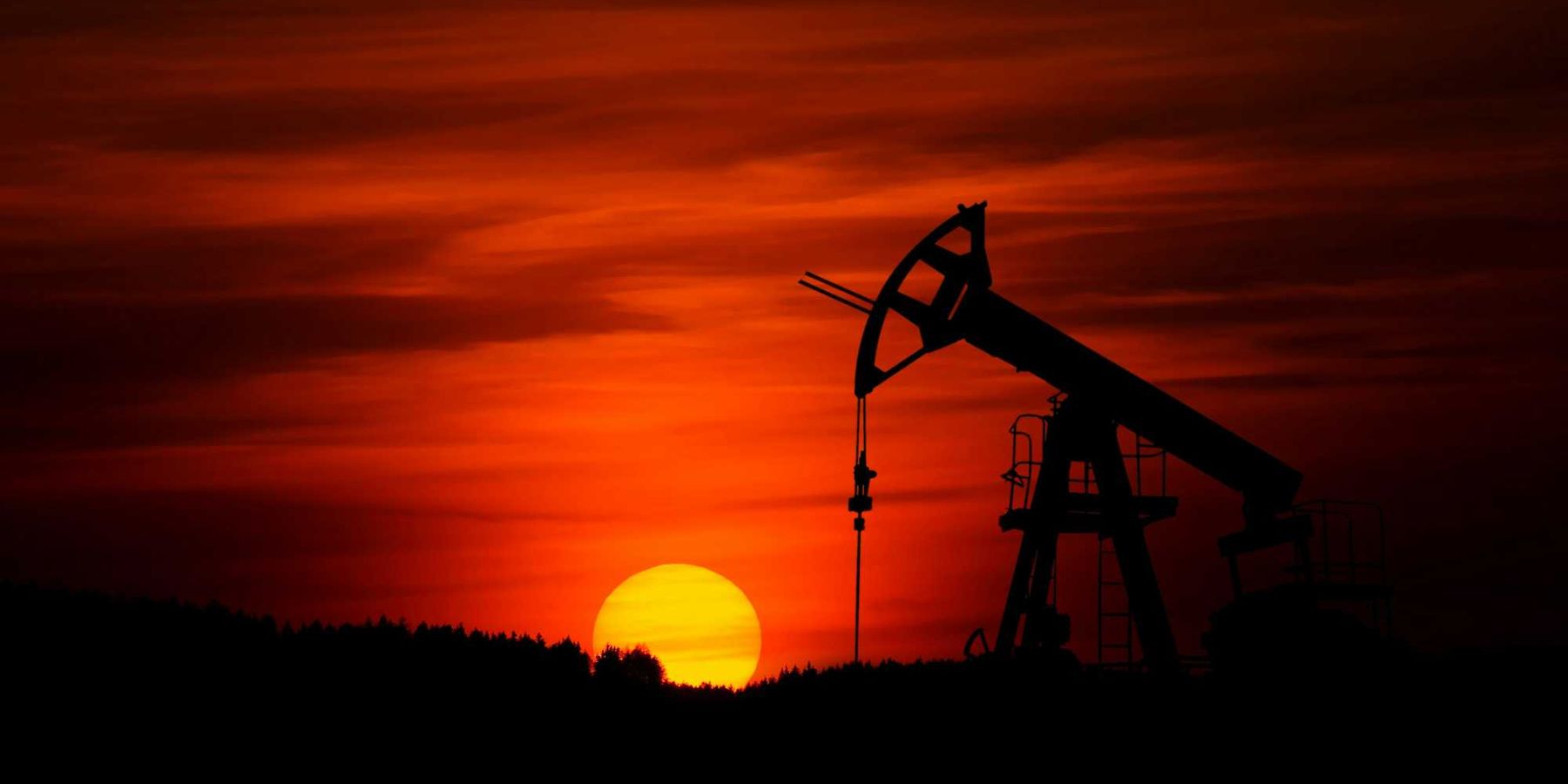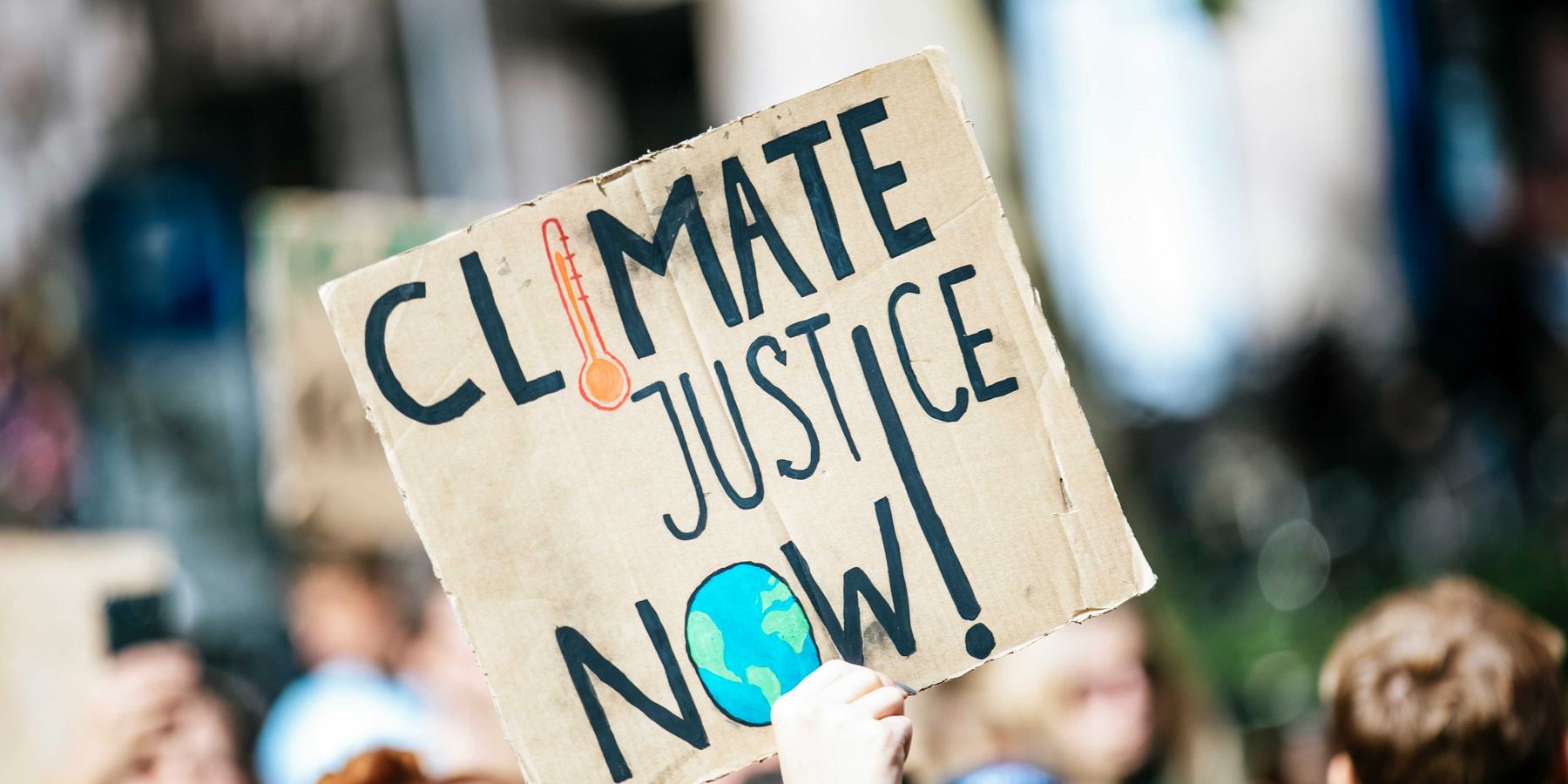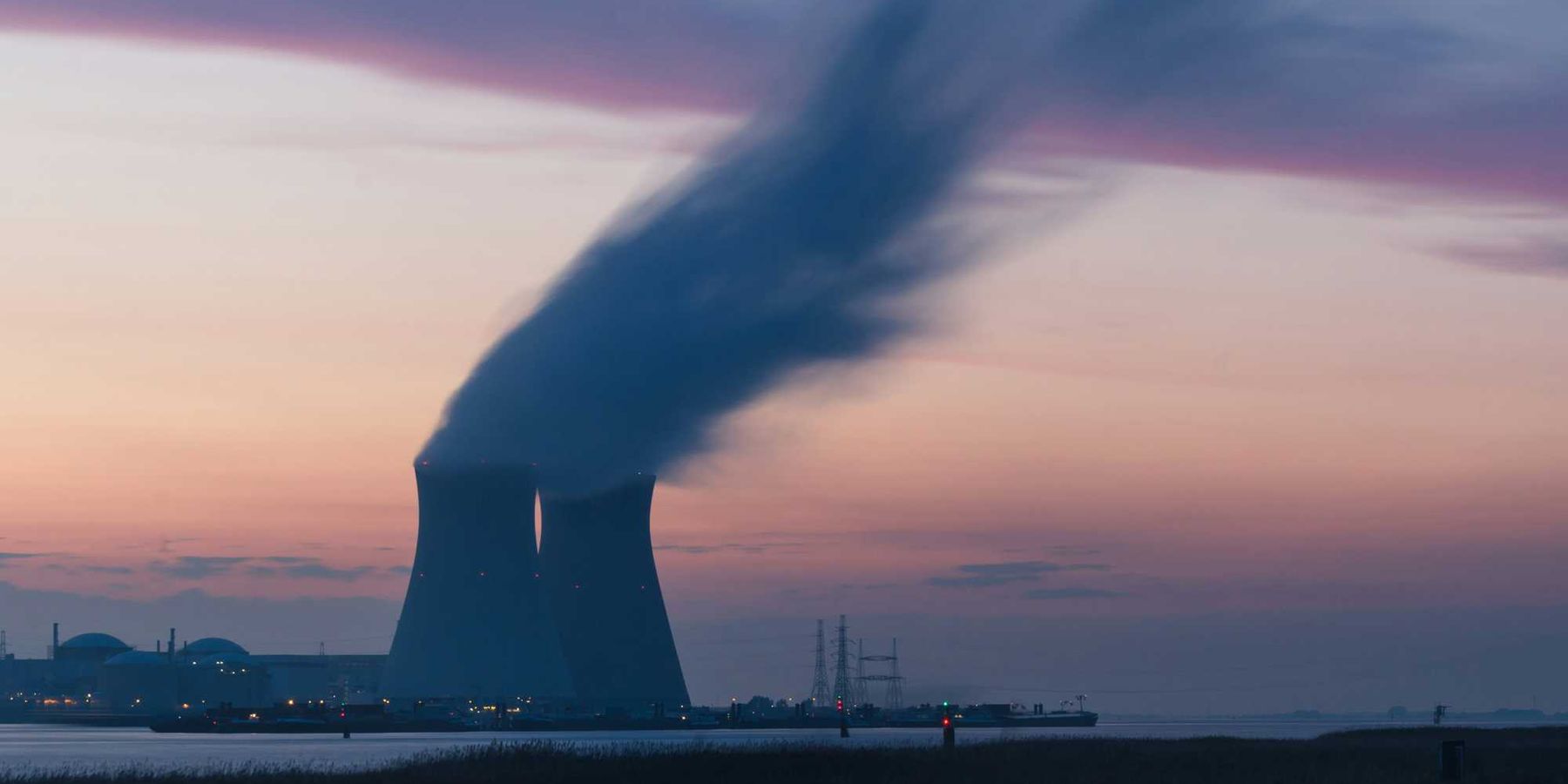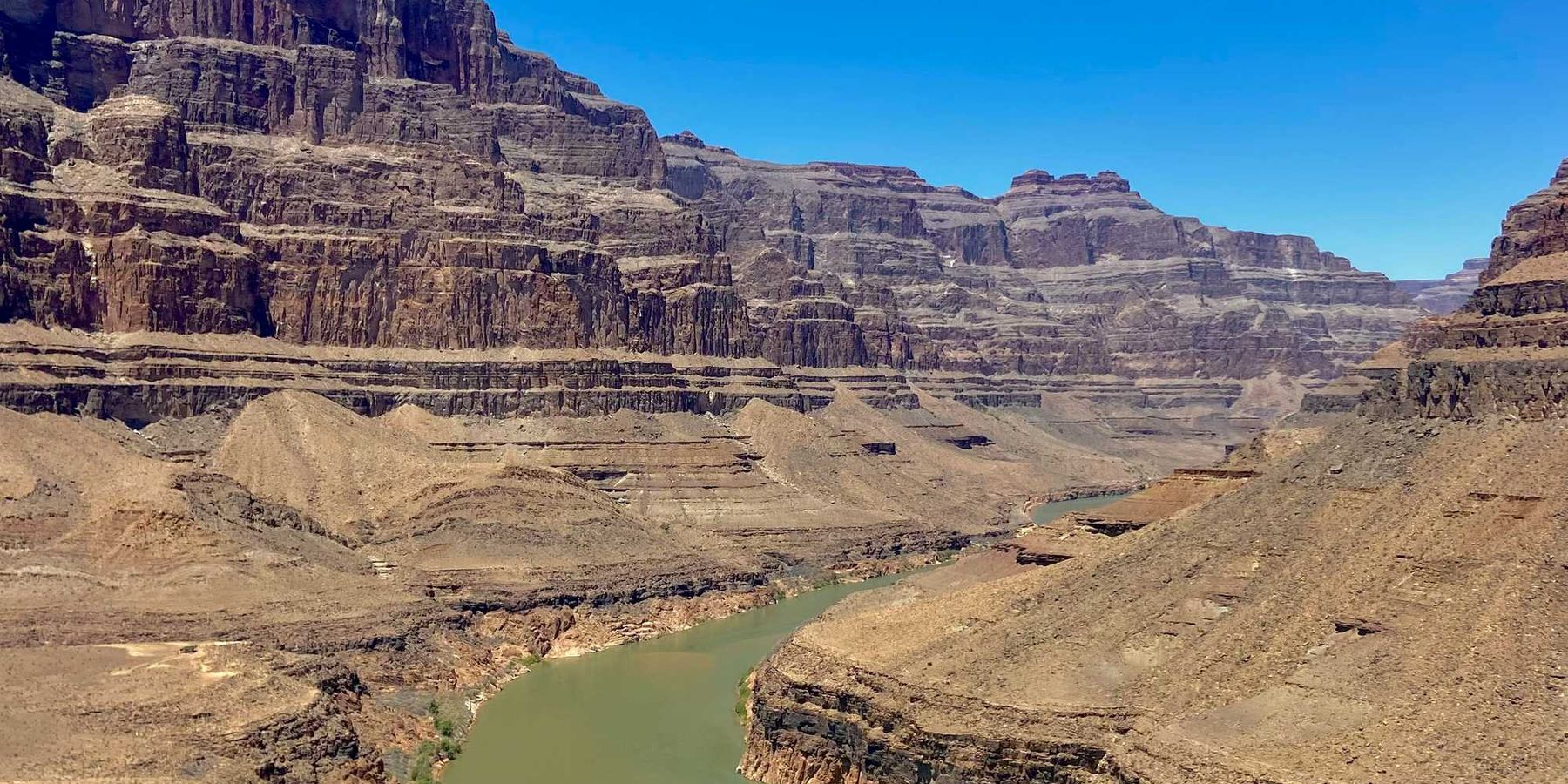FBI's deep surveillance at Standing Rock revealed in court
In a legal tussle that sheds light on the government's eye on environmental protests, new details have emerged about the FBI's deployment of informants at the Standing Rock Sioux Indian Reservation during the 2016 Dakota Access pipeline demonstrations.
Alleen Brown reports for Grist.
In short:
- Up to 10 FBI informants were embedded within anti-pipeline camps, as part of a broader surveillance effort that included social media and radio eavesdropping.
- The surveillance was aimed at monitoring the Indigenous-led protests, which drew thousands to oppose the Dakota Access oil pipeline due to environmental and sovereignty concerns.
- The FBI's actions are part of a historical pattern of surveillance on Indigenous movements, echoing tactics used during the 1970s against the American Indian Movement.
Key quote:
"We were already cynical, because we’ve had our heart broke before by our own relatives."
— Manape LaMere, member of the Bdewakantowan Isanti and Ihanktowan bands
Why this matters:
Critics argue that the FBI's actions reflect a concerning trend of treating environmental and Indigenous rights activists as potential threats, raising issues about the balance between national security interests and the constitutional rights of free speech and assembly. Supporters of law enforcement efforts, however, contend that the measures were necessary to maintain public safety and order amidst growing tensions.
From the Sioux to the Sault: Standing Rock spirit spreads to Michigan’s Upper Peninsula.













